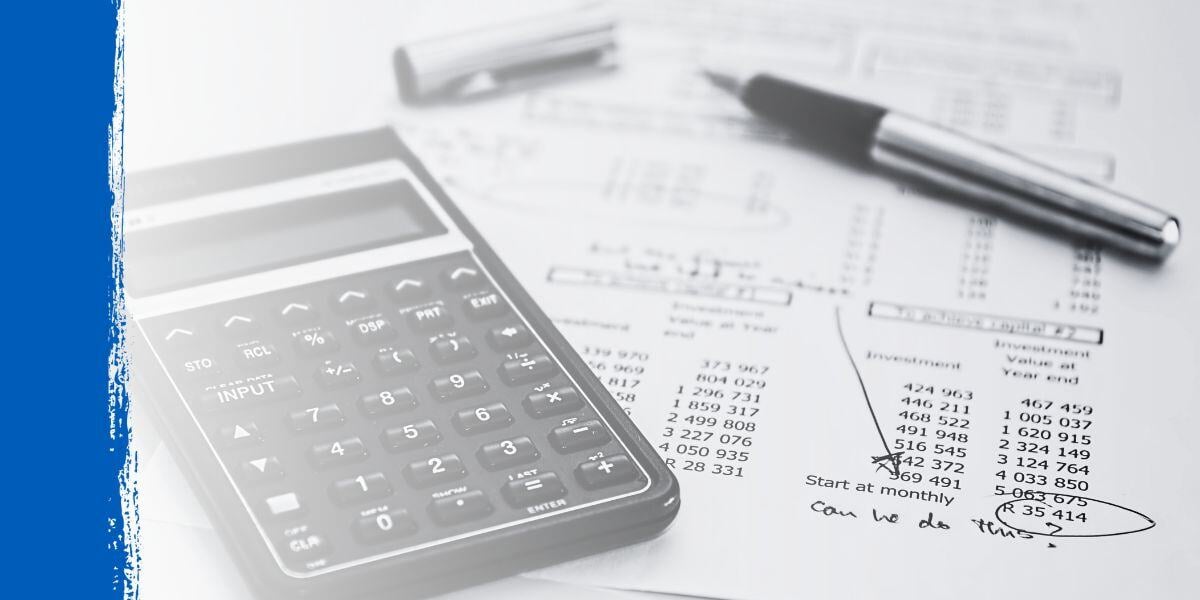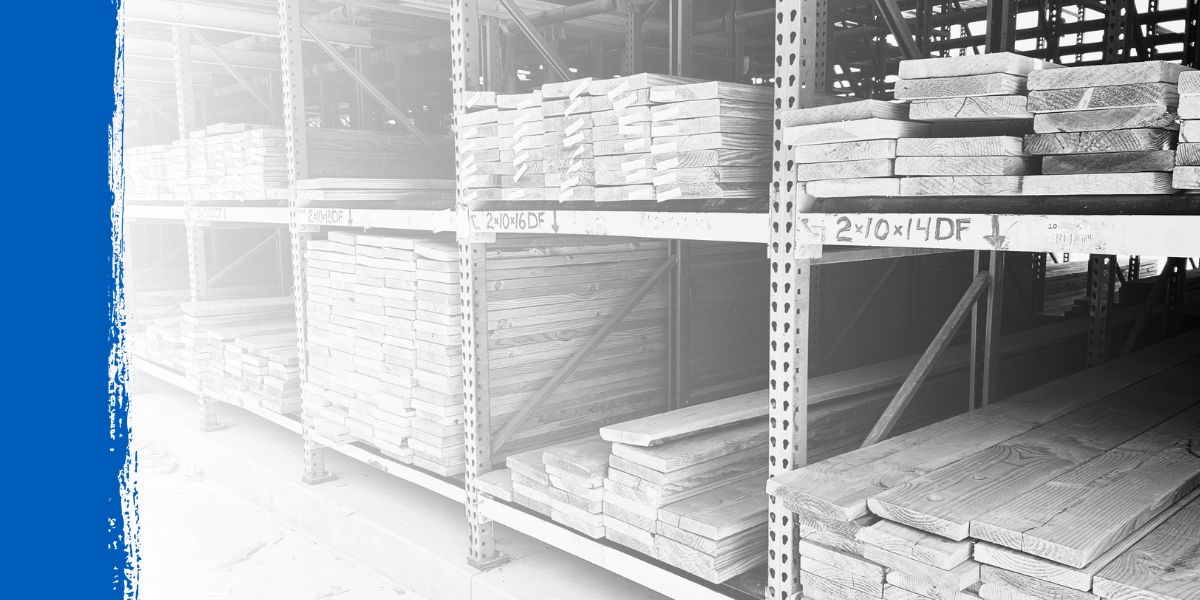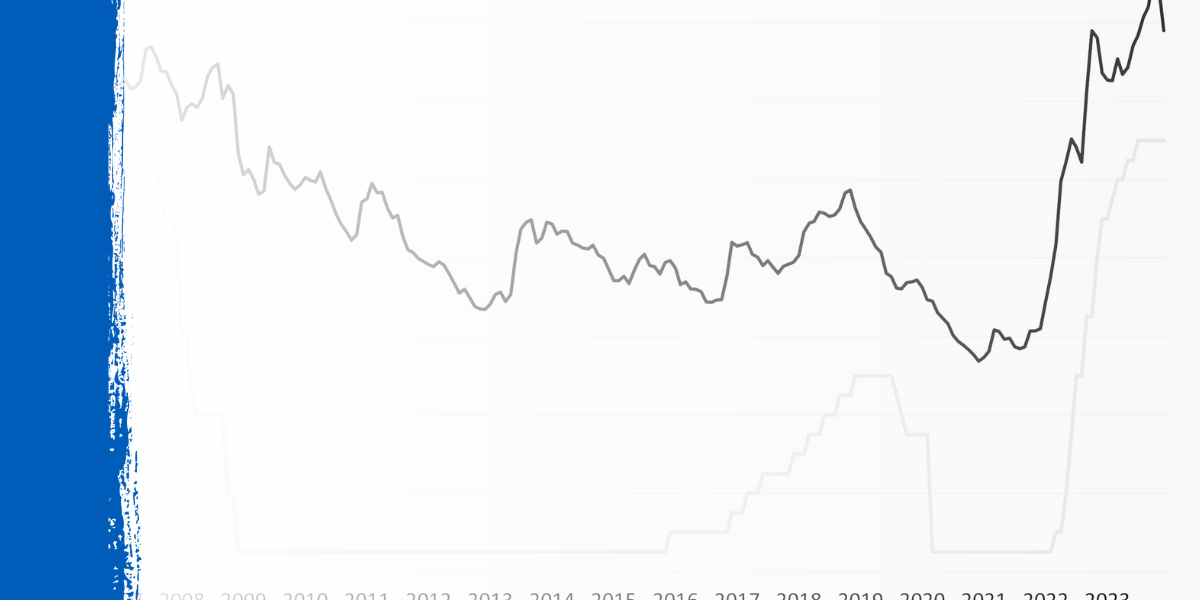Creating a detailed budget allows builders to make sure their current projects are profitable and prepares them for future work.
But construction budgeting can feel overwhelming so we're sharing more on the key features involved and some practical tips for effective management.
Key Features of Project Budgeting
A construction budget consists of two main cost types: direct and indirect. While these are the core of any budget, cost estimators should also set aside contingency funds for unexpected situations.
Direct Costs in Construction
Direct construction costs are expenses directly linked to a specific project. This includes labor costs, material costs, equipment, and subcontracting. Each component significantly affects a project's profit and requires careful attention to achieve financial success.
Indirect Costs to Consider
Indirect costs are expenses not tied to a specific project, like administrative costs, insurance, utilities, and rent. Although less obvious, these costs can greatly influence the overall profit of the construction company, sometimes surpassing direct costs.
Contingency Funds
Contingency funds are budget allocations saved for unforeseen costs, such as overtime labor or sudden price increases in materials during a project. It's important for construction owners and contractors to set aside reserves for these costs, allowing them to manage surprises without jeopardizing project completion.
Steps to Create an Effective Project Budget
Creating a project budget involves several steps to ensure all financial aspects are considered and estimated accurately.
Project Research
The first step is to research and analyze the project goals and requirements. This includes checking site conditions, zoning rules, and permit needs, and reviewing existing project documents. Evaluating this information helps assess the project's feasibility. To simplify this, use a construction budget template from past projects to find areas where costs exceeded the budget and apply those lessons to your draft.
Project Scope
Next, work with the project’s architects and engineers to understand the project’s scope and design options. This teamwork is important for making a detailed list of materials needed for construction. Also, consult subcontractors and suppliers to confirm the project timeline is realistic, ensuring everyone is on the same page.
Pre-Construction and Documentation
Before starting construction, bring together all stakeholders—contractors, architects, and key team members—to review the budget. Talk about potential issues and create strategies to reduce risks like cost overruns. Record all discussions and keep all project documents, including permits, contracts, and deliverables, in a safe place.
Construction and Project Closeout
During construction, check the budget often. Track actual costs against planned project expenses and timelines to ensure they match. If there are differences, find quick solutions. Keep a log of any changes to track budget or timeline deviations. Document all deliverables and materials to ensure timely payments to contractors.
Common Budgeting Challenges
When budgeting for a construction project, it's important to avoid key mistakes that can affect the project's finances and success. Here’s a breakdown of these errors:
Inaccurate Cost Estimation
A construction budget depends on accurate cost estimates. Many project managers find this challenging, especially without a clear project schedule. This can lead to choosing the lowest bids from contractors, which might save money initially but can harm quality and sustainability. These decisions can lead to higher costs and damage the project's reputation.
Inadequate Planning
A good plan is necessary for the smooth running of a construction project. Skipping this step can lead to missed dependencies and design flaws, causing delays and construction budget overruns. Planning should cover all parts of the project to ensure every detail is considered.
Poor Budget Management
Budget management continues beyond the pre-construction phase. It needs ongoing attention to keep estimated costs in line with the project plan. Some project managers focus more on managing the project than on understanding the construction project budget, which can lead to unexpected losses.
Communication Breakdowns
Many construction projects are delayed due to poor communication. Making sure your team and subcontractors understand the project's communication channels from the beginning can help reduce this risk. Keeping information flowing throughout the project is key to avoiding unexpected project costs and staying on track.
Easy Construction Budgeting with LS Building Materials
At LS Building Products, we are dedicated to assisting professional builders, remodelers, and general contractors in identifying cost-effective solutions that maintain the quality of their projects. Our inventory features a diverse selection of premium materials available at competitive rates to support your financial goals.
For more details, consult one of our building supplies experts or visit our East Peoria, Champaign, Pontiac, or Springfield locations.
.png?width=98&height=67&name=Logo%20(13).png)
 The Builder's Guide to Effective Project Budgeting" loading="lazy">
The Builder's Guide to Effective Project Budgeting" loading="lazy">
.jpg)




